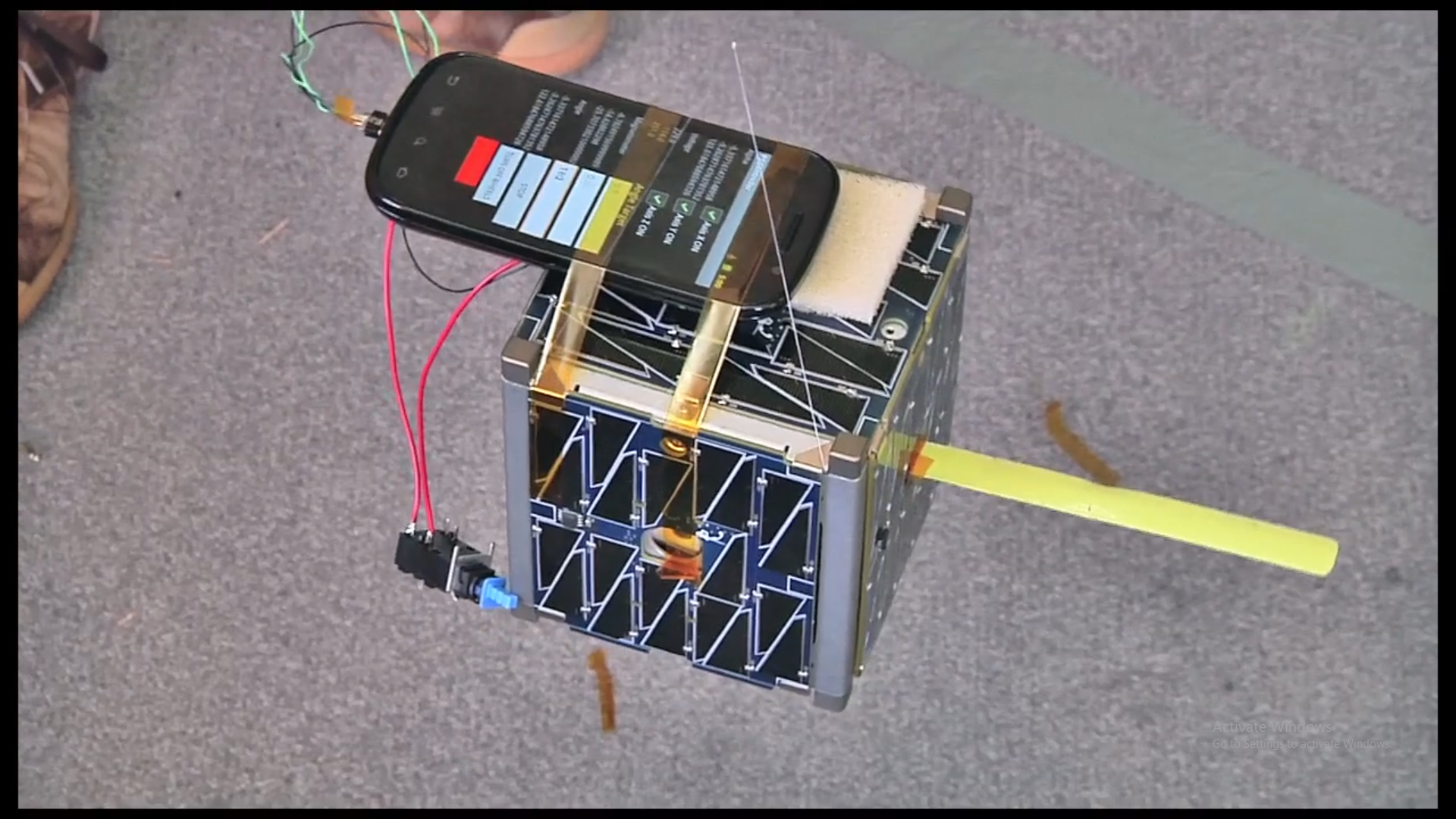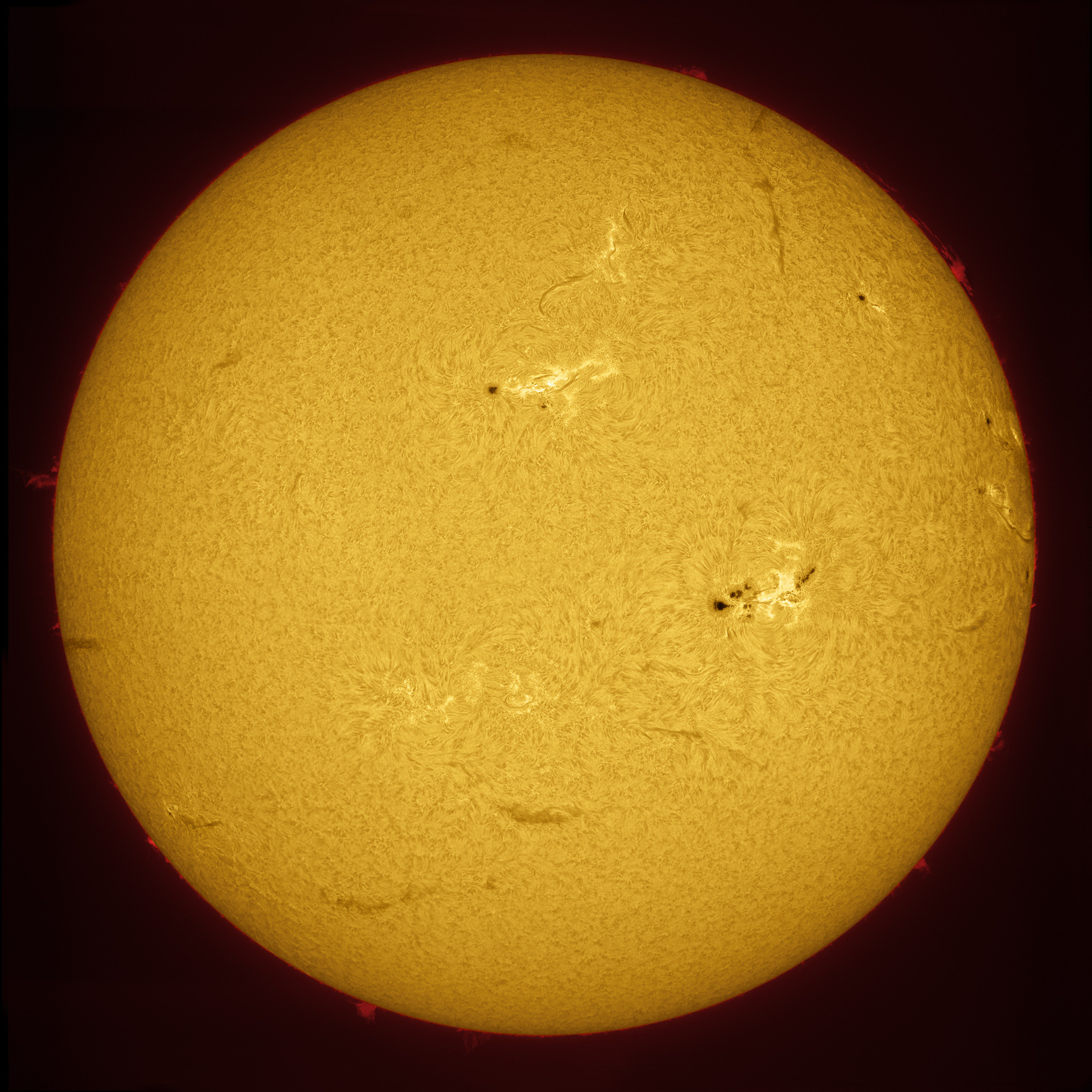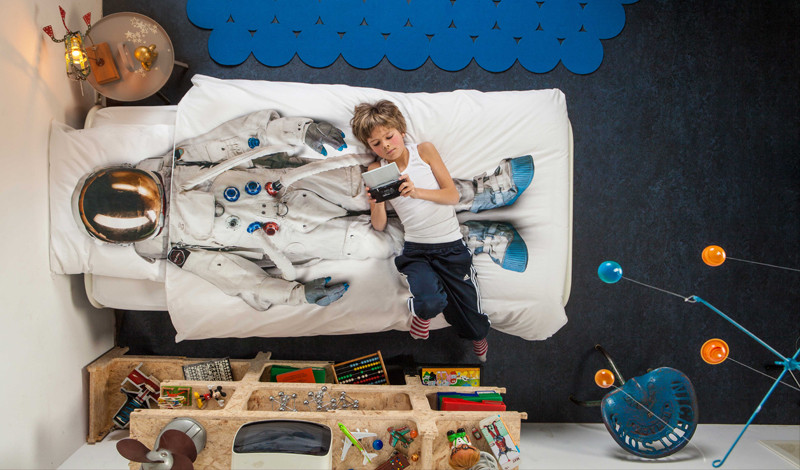Google tangos with NASA
You’ve been hearing a lot of buzz about Google’s Project Ara, but Project Tango is starting to garner some well deserved attention of its own. The smartphone has some impressive hardware unlike anything else on the market, including a Myriad 1 vision processor chip which has the capacity to make one million 3D measurements every second and that’s exactly what NASA needed for their Sphere robots to become autonomous. Look out every other smartphone on the market, because Google just teamed up with NASA and it’s looking like the start of a beautiful friendship. It was officially announced on April 17, 2014 that Project Tango has partnered with NASA to build 100 percent autonomous robots.
NASA wants to get their hands on Project Tango technology, and the end result will be robots that can do a number of things astronauts are hired to do. The robots will feature Tango technology, so NASA can follow their location while allowing Spheres to move around on their own. The robots will work on space stations, do chores, and NASA is building a 3D map of the environment (this means no bumping into walls non-stop).
A dream come true
For many with stars in their eyes, this might mean a few less people going into space. However, it’s the natural transition of technology. While techies on the ground are making the segue from having POS systems on their tablets and scrambling to keep up with responsive design, the big dogs are taking technology where no robot has gone before. But how exactly does Tango work?
The motion tracking camera technology utilizes a depth sensor that’s built into the backside of devices. When a user moves the smartphone, they use sensors to pinpoint orientation and recognize their surroundings. The data collected instantly drums up a 3D map. There seems to be some overlap with Tango and Ara technology, which is a modular smartphone that you (the consumer) can built piece by piece like a LEGO set.
Future projects
It seems like NASA might also be able to make great use of Ara technology, but it’s one (not so small) step at a time. Ara is slated to be the ultimate futuristic smartphone, complete with a $100,000 prize for whoever Google deems creates the most astounding phone with it. Of course, NASA also needs built to spec technology, including smartphones. Would it be a conflict of interest if a NASA employee won the prize?
For now, Tango seems to be the perfect match for NASA, but Ara’s module might be the next pairing. After all, Spheres with the capacity to be changed and updated at a whim might be exactly the customization NASA needs. Slide out an outdated piece of hardware, slip in the new one, and you side step all of those “upgrades.” Astronauts’ lives can be made much easier with Google technology, freeing them from mundane tasks in space to focus on more pressing matters. It might even be possible to charge Spheres with tasks astronauts can’t handle, such as those which are deemed too dangerous, making space a little friendlier.





















